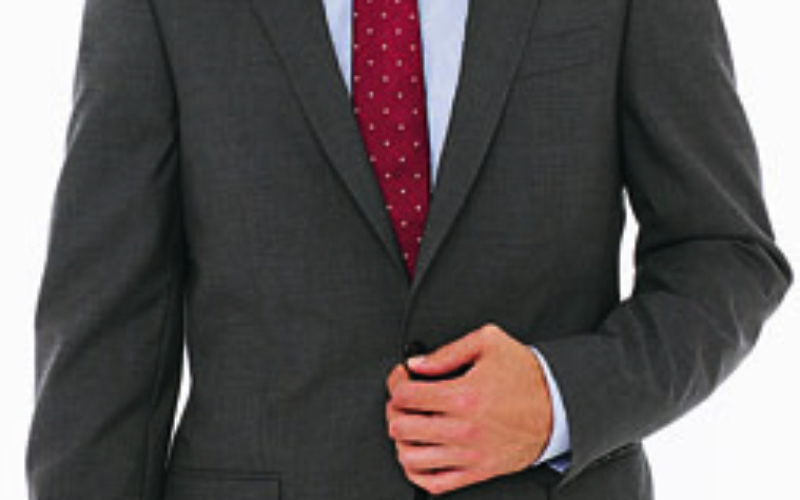Q. My work involves a great deal of travelling to regional offices and I want to fit in, but I cannot afford to have the right clothes for each city. Each region of the country seems to have different clothing styles. What would my best approach be to be acceptable in all, or better yet, above acceptable?
A.Wherever you go in the country, men who are at the top dress pretty much the same way. They buy expensive clothes, their accessories are impeccable, and they enjoy looking good.
At the same time, as you have noticed, there are some differences. The usual stereotypes are: Los Angeles is very casual; New York is more Wall Street; D.C. is black suits; and Texas is cowboy boots. In truth, men in the north and northeast dress in lighter colors in summer months and in darker colors during the fall and winter. And in warmer climates, clothes tend to be lighter – both in weight and color – all year round. But only a little. As any well-dressed southerner will tell you, “Only the tourists wear white in winter.”
A few other characteristic differences:
CALIFORNIA isn’t just one state; for visiting businessmen it is two distinct regions. Studiedly casual clothes are widely worn in Los Angeles, yet you can scarcely find a more traditional group of businessmen than those in the downtown Los Angeles financial district. In the best restaurants, you will see conservative suits in boardroom blue and bankers’ gray.
San Francisco businessmen are all business. Because of the cool summers, men in San Francisco tend to wear the same clothes all year long.
In TEXAS successful businessmen really do wear western hats and cowboy boots – often with conservatively cut suits. But visiting easterners should not try to affect this look.
SOUTHERN dressing is in the middle, not too forward and not too quietly traditional. Little Rock, for example, is considered to be conservative, but, at the same time, very sophisticated. Whether at home or traveling to other cities, the first thing to consider is the top – the sports jacket or the suit coat. Wherever you are going, if you are a businessman, you do not want to look underdressed or overdressed. Even with a pair of khakis, you look more professional by wearing a dark jacket. You always want to look like someone who knows what is appropriate. Wear a coat, even if you take if off most of the day; and even if you don’t want to wear a tie, still, a jacket is a wise choice. These days, sport coats are seen twice as often as suits. The young professional is likely to choose European styling for his jacket; he might add a crew neck Tee shirt rather than a traditional button-down Oxford cloth shirt.
MIDWEST states can be scorching in summer and bone-chillingly frigid in winter. The lightest- weight wools will fill the bill if you travel there in July and August; a shearling lined topcoat is a smart idea from November through March.
In WASHINGTON, the lawyer, the lobbyist, the corporate executive, and the Foreign Service officer all favor dark clothing at all times of the year. But every Washington male has at least one khaki or seersucker suit in his wardrobe.
NEW YORK AND NORTHEAST dressing is classic business clothing during business hours with a heavy emphasis on business/casual and going tieless. After-office dressing is much more relaxed these days; even in the better restaurants, eclectic dressing is the accepted norm.
NOTE: Somewhere between the extremes of packing too much or too little is the right formula for travel. An ideal basic travel wardrobe should probably include: a navy blazer, a nubby wool sports coat, one or two blue and/or gray suits, two or three Oxford cloth or pinpoint Oxford cloth shirts (including a white, a light blue, and a subtle blue-and-white stripe), a few go-with-everything red and/or blue ties, gray dress pants, khakis, and well-shined comfortable shoes (loafers or lace-ups). If a man were to wear a blazer on the plane, pack a suit, three shirts, and a few ties, he could count on looking great during a three-day trip. But if you cannot (or will not) carry a suit, at least put in an extra shirt and a couple of ties. They take very little room and increase your options significantly. If one of your shirts loses a button and your tie gets spotted, why be down to a perilous minimum? Also, plan so it all fits in a carry-on bag and nothing needs to be checked.
Please send your men’s dress and grooming questions to MALE CALL: Lois.Fenton@prodigy.net









